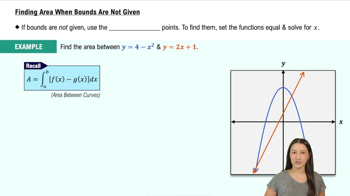{Use of Tech} Approximating definite integrals Complete the following steps for the given integral and the given value of n.
(d) Determine which Riemann sum (left or right) underestimates the value of the definite integral and which overestimates the value of the definite integral.
∫₀^π/2 cos 𝓍 d𝓍 ; n = 4






